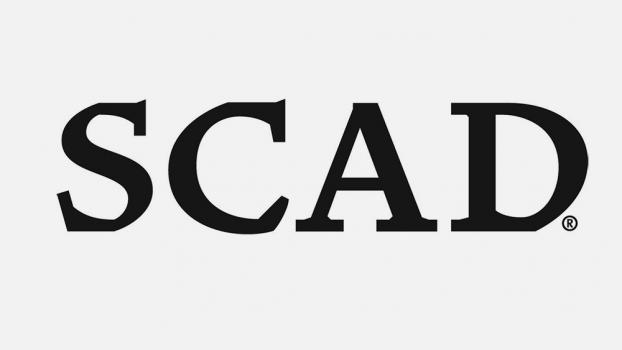
A Sneak Peek at SCAD’s Re-Imagined Graphic Design Curriculum
Duke Greenhill is the Chair of Graphic Design and Visual Experience at Savannah College of Art and Design
In the low 90s Fahrenheit, it was an unusually mild summer day for Manhattan. Not a cloud in the sky, I remember, because it made waiting in line outside the Museum of Modern Art more pleasant than expected. It was July 24, 2011, and I was eager to see the opening of MoMa’s new exhibit, “Talk to Me” — a collection of graphic design works billed to embody a new communicative possibility: a balance between user and technology.

For most of its history, graphic design was about utility. It was about the how. In the late 20th century, with the proliferation of personal computers and the Internet, with the advent of social media and design software that empowered anyone with a mouse to push pixels, the reason for graphic design shifted from utility to purpose and meaning. Graphic design became about the why.
As I walked through “Talk to Me,” I was struck by the realization of two things. First, commercial art at its best seeks cultural equilibrium. It seeks equilibrium, however, through disruption — through the overt countering of that which is most pervasive, most inhuman, most potentially destructive to society. “Talk to Me” made it clear: graphic design was absorbing the new technologies at the turn of the century and re-appropriating them in a meaningful, intentional way. It was mitigating the proliferation of technology by striving for quality, beautiful, purpose-driven communication. Graphic design was achieving a balance between user and technology.

My second realization was simpler: technology will continue to evolve and a new era will dawn in which graphic design — indeed, all commercial art — jettisons technology from its fundamental DNA and adopts a philosophy not of balance, but of human centricity. Then, visual communication will become as much about emotion and dialogue as it once was about meaning, form and function.
That era is beginning now. It is the post-human era, and imbuing design education with humanity has become paramount.

To prepare students for lifelong, consequential careers in the graphic design of the future, educators must stop teaching through the lens of the user — “user” is impersonal — and start teaching students to replace user with human. Educators must reject tech-driven design altogether, and remember that design drives technology, not the other way around. Educators must recognize that where once a balance existed between user and tech, now a symbiosis — a mutually beneficial relationship — must exist between human maker, human consumer and the technology and design that permeate the lives of both.
At the Savannah College of Art and Design (SCAD), we are taking important steps toward preparing our students for this post-human world by re-imagining our graphic design program’s curriculum. We are writing an evolved, human-centered curriculum where culture and emotion are the core of graphic design, and where graphic design is not a craft, but a practice — not rendered by technology but with technology.
At SCAD, burgeoning graphic designers will soon have courses devoted to finding, isolating and articulating their unique voice and vision; to exploring and experimenting at the most innovative reaches of design; to creating graphic design not as artifact, but as visual experience.

Where many of our competitors teach an artifact-based approach to graphic design, the new SCAD curriculum will not be about the thing created, but about the sociocultural and human relationship to that thing — not about action, but about interaction within the marketplace of the future. The new SCAD curriculum will honor and leverage tech by teaching students how to wield it, not merely react to it, so that when SCAD students emerge as the professional creatives of the future, their future will be one of new communicative possibilities: a symbiosis between human-centered visual experience and technology.
To learn more about the new Savannah College or Art and Design’s graphic design undergraduate curriculum, please email graphicdesign AT scad DOT edu.

